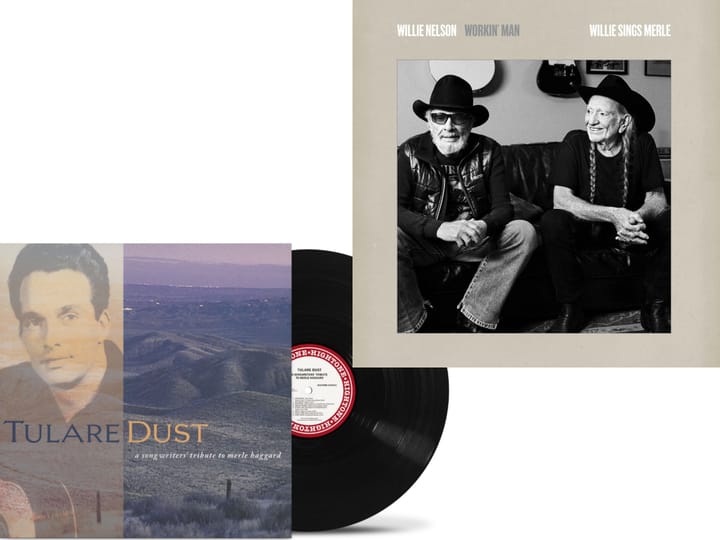The late John Hammond is credited with discovering and/or signing artists including Count Basie, Aretha Franklin, Bob Dylan, Bruce Springsteen and Stevie Ray Vaughan. Among others. For 60 years or more, this Vanderbilt heir set about making and changing musical history.
Amid all that, little was as striking in its time as the two concerts Hammond promoted at Carnegie Hall just before World War II. So explosive that only the Marxist newspaper New Masses would underwrite the idea, he sought to expose what he called "primitive and sophisticated performers" -- that is, black musicians -- to a white, upper-class New York audience.
The three discs pieced together here from those two shows (and a related in-studio jam session) are as revolutionary as the celebrated set of "old weird America" Harry Smith would assemble in the early 1950s. Except for Albert Murray's 1976 book Stomping The Blues, critics -- and rock guitarists -- tend to surf lightly across the connection between blues and jazz. In the late 1930s, both remained acoustic musics sprung from a shared tradition; retained the dubious distinction of being the music of the underclass (despite -- or perhaps because of -- big band's popularity, black jazz performers were still outre); and were not yet taken seriously by the musical establishment.
These two concerts, then, staged at Christmastime in the rarefied air of Carnegie Hall, sought to change all that. Onstage, Hammond presented, in 1938, Count Basie, Helen Humes, Joe Turner, Albert Ammons, Sister Rosetta Tharpe, and Mitchell's Christian Singers; the 1939 lineup included Sidney Bechet's New Orleans Feetwarmers, Big Bill Broonzy, Sonny Terry, Count Basie, and Jimmy Rushing. The first concert was dedicated to the recently deceased Bessie Smith, and, in the process of assembling talent, Hammond discovered that Robert Johnson had just died.
Obviously the live recording technology available in 1938-39 won't compete with today's well-stocked bootlegger. This three-disc set retains introductions Hammond recorded for an early 1950s LP reissue, along with three tracks from a June 3, 1938, studio session Hammond organized.
Doubtless more perfect studio versions of these songs are available elsewhere, and this reviewer is simply not competent to comment on the intellectual merits of the jazz that dominated these two concerts. Nevertheless, one is struck by how musically coherent the two programs are, by how much the now hopelessly segregated forms of blues, jazz and gospel music shared 60 years ago. And by the uncommon courage and insight of the shows' promoter.




Comments ()